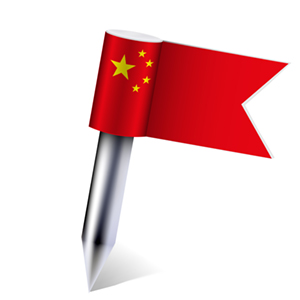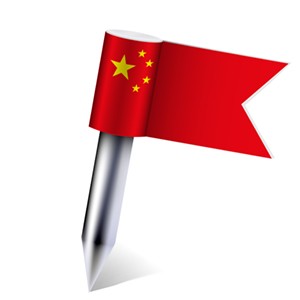 According to The Digital in their 2017 Overview, more than half the world’s population uses the internet. That’s 3.77 billion people with 2.56 billion people using social media. It makes sense that any content marketing strategy should include social media posts. When planning your strategy, consider these helpful hints.
According to The Digital in their 2017 Overview, more than half the world’s population uses the internet. That’s 3.77 billion people with 2.56 billion people using social media. It makes sense that any content marketing strategy should include social media posts. When planning your strategy, consider these helpful hints.
Know Your Customer
Social media is the perfect platform for getting to know your customers. Insights and trends are easier to follow with their built-in tools. Once you know what makes them tick, you can craft your content to specifically target their needs and wants.
Narrow the Field
Social media can help you target customers who want your product or service. A targeted campaign works better than marketing to a general group of people. Rather than stumbling around in the dark, you can select demographics or filters that fit your desired target. LinkedIn, for example, offers search filters such as company size, location and job title. These filters can help you to narrow the field and target an audience that will be interested.
Don’t Be Repetitive
Using various social media platforms means delivering your message multiple times. Don’t be tempted to use the same piece of content on each platform. Craft something different for each platform with different images or text. Consider the preferences of each platform. For example, Instagram is more image-focused while Twitter is more text-based. You don’t necessarily have to start each post from scratch. You can tweak posts. A short tweet on Twitter, for instance, can be turned into an image for Instagram and a short article with a photo for Facebook.
Make It Relevant
Once you know your audience, you need to create relevant content. Review posts to evaluate what produces the most engagement. Your audience will read, share and comment if they like what they see, and if it resonates with them.
Create a Great Profile
If you’re using a social media platform like LinkedIn, you’ll need a company profile. Use tools like video, infographics, images and/or photos with your text to tell your company’s story and make it stand out.
Translate and Localize Your Global Pages
If you have social media in other countries, have those pages and posts translated into your target language. It might be easier to keep them in English, but you won’t attract customers who follow brands that communicate in their own language. When the Common-Sense Advisory asked 3,000 global customers about their buying preferences, 75% of people involved in the survey reported they prefer to buy products in their native language.
Localization means using text and images that reflect the language and culture of the country you are targeting. Readers want text that’s engaging. They want to see images of the people from their culture and country. If they can relate to the content of your post, they will likely trust your brand.
Communicate
Use social media to communicate and engage with your audience. If people comment or respond to posts, reply. It’s another way to build confidence in your brand which will then create sales. Don’t give yes or no answers to questions. Try to answer the question fully, even if you are only adding a link where the person can get additional information. Build a reputation for answering questions and being interested in your customer’s comments.
Sort Out Problems
If social media comments are highlighting a problem, you have (for example with delivery or customer service) make sure you respond accordingly and solve the issue. Let the customer know you are taking action and make sure you communicate with your followers once the problem has been solved.
Social media platforms will bring your business to the attention of a worldwide audience. By creating content that engages your audience, you will create new opportunities and leads to make your brand an industry leader.
______________________________
Terralingua is a professional ISO certified translation company specialized in localization and desktop publishing. We have worked with many of the world’s industry leaders. If you would like a personal consultation regarding your company’s needs, please visit our website for further information.

 You may have heard the term CMS (Content Management System) if your company is making its content more widely available to reach a global audience. Though CMS is not a new concept, having been around since the 1990s, it is gaining popularity due to the great efficiencies it offers.
You may have heard the term CMS (Content Management System) if your company is making its content more widely available to reach a global audience. Though CMS is not a new concept, having been around since the 1990s, it is gaining popularity due to the great efficiencies it offers.










